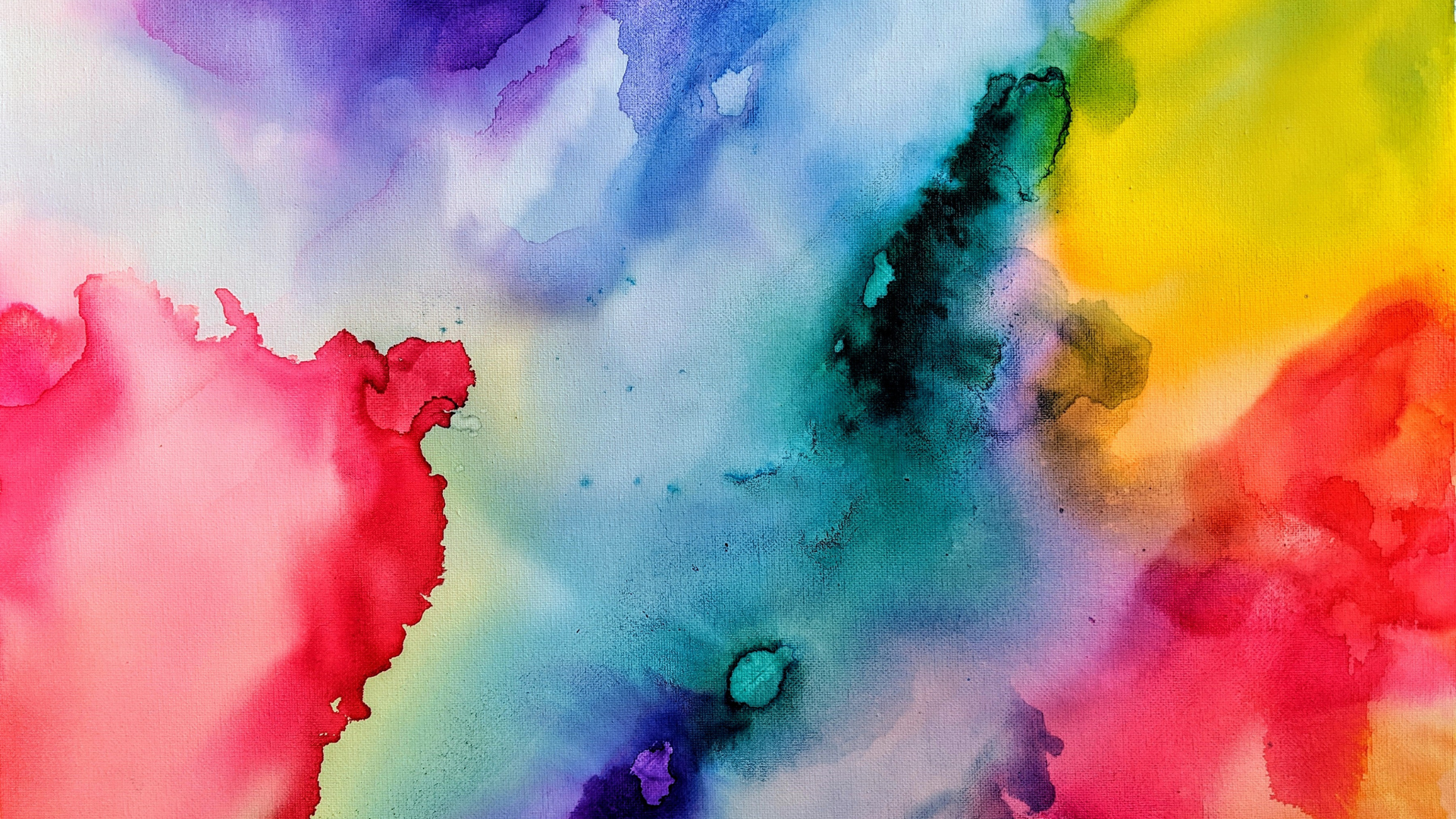Are we drawn to abstract art’s bold colors, shapes, and textures? Do we feel mesmerized by how a simple line conveys so much emotion? Abstract art has captivated audiences for decades, but have we ever wondered about its origins and evolution? In this blog post, we’ll journey through the history of abstract art – from its early beginnings in Europe to its current status as one of the most respected forms of artistic expression. Let’s get ready to be inspired as we explore how abstract art has changed and why it still captures our imaginations today.
Early Pioneers of Abstract Art
The history of abstract art is a long and winding one that dates back to the movement’s early pioneers. Abstract art relies on shapes and colors rather than realism or detail, and it has significantly impacted both popular and contemporary art.
Though abstract art can be traced back to ancient civilizations, it was in the early 20th century that the movement began to take hold in the Western world. In 1905, Russian painter Wassily Kandinsky published his seminal work “The Spiritual in Art,” which introduced abstraction to the public and helped spur a trend of modernist painting.
Throughout the next few decades, abstract artists continued experimenting with new techniques and ideas, culminating in some of the most groundbreaking works ever. Pieces like Jackson Pollock’s “Mural” (1946) and Mark Rothko’s “No. 5” (1951) are considered important examples of modern abstract art and have had a significant impact on subsequent generations of artists.
Abstract art continues at the forefront of artistic experimentation, with new generations of artists pushing figurative and technical boundaries. Though no definitive definition of abstract art exists, its popularity among enthusiasts worldwide means there must be more pieces out there.
The Rise of Abstract Expressionism
Abstract Expressionism is a movement in contemporary art that began in the 1940s. It is characterized by its emphasis on using non-figurative painting techniques, such as scrapes, drips, and blurs, to create expressive works.
The roots of Abstract Expressionism can be traced back to the early 20th century. Many artists explored new ways to express themselves during this time using various mediums, including painting, sculpture, and photography. In 1934, Marsden Hartley created his first abstract painting, “Prayer.” This painting differed from traditional depictions of landscapes and people because it featured only clumps of paint arranged randomly on the canvas.
In 1941, Jackson Pollock began experimenting with dripping paint on canvases to create an intense sense of motion and energy. His work “Mural” (1943) is considered one of the most important examples of Abstract Expressionism because it features bold colors and chaotic brushstrokes. In 1944, Willem de Kooning also started working on abstract paintings inspired by African American art. For example, his work “Black Maria” (1948) features large black shapes partially covered in white paint.
During the late 1940s and early 1950s, Abstract Expressionism became increasingly popular among mainstream artists. Many famous painters such as Pollock, de Kooning, Franz Kline, David Smith, and Robert Motherwell adopted this style, eventually becoming the dominant painting mode in the United States.
While Abstract Expressionism is often associated with the New York School of Artists, it has been used by artists worldwide to create expressive works. Today, it is still popular among contemporary artists, and numerous examples of its influence can be seen in various art movements across the globe.
The Role of Technology in Abstract Art
Abstract art is a type of art that typically uses simple geometric shapes or abstract symbols to convey ideas or feelings. It has been around for centuries but has recently experienced a resurgence in popularity. The history of abstract art is complex and full of twists and turns. Initially, it was seen as threatening traditional art forms such as painting and sculpture. However, over time it has become accepted and even praised for its unique perspective on the world. Many factors have contributed to the rise of abstract art in recent years. One reason is that technology has made it easier for artists to create their work. Abstract ideas can be expressed using digital media without relying on traditional painting or sculpting techniques.
Abstraction is an interesting and versatile genre that can communicate many ideas and emotions. It is likely to continue growing in popularity in the years ahead as more artists explore its potential boundaries.
The Legacy of Abstract Art
Abstract art is a type of art that typically deals with the representation of ideas rather than the depiction of physical objects. It has been around for centuries and has evolved and grown in popularity over time. It began to take shape in the late 1800s and early 1900s, primarily due to the work of artists like Henri Matisse and Pablo Picasso. These artists were exploring new ways to represent their ideas, and Abstract art was born as a result.
Abstract art remains popular, with many talented artists working in this style. Many types of this art can be broadly divided into non-figurative and figurative. Non-figurative Abstract art focuses on shapes and colors alone, while Abstract figurative art often features human or animal forms alongside abstract elements.
There is no one definitive explanation for why Abstract art became so popular in the first place. However, it likely appeals to viewers because it forces them to think about the visual world differently.
Unraveling the Colorful Tapestry
Abstract art is a broad and varied genre that has been around for centuries. Its history and evolution are fascinating, and its impact on modern art is undeniable. From the beginning of the movement to its current status as one of the most popular and influential styles in contemporary art, Abstract art has seen a lot of change over the years.

